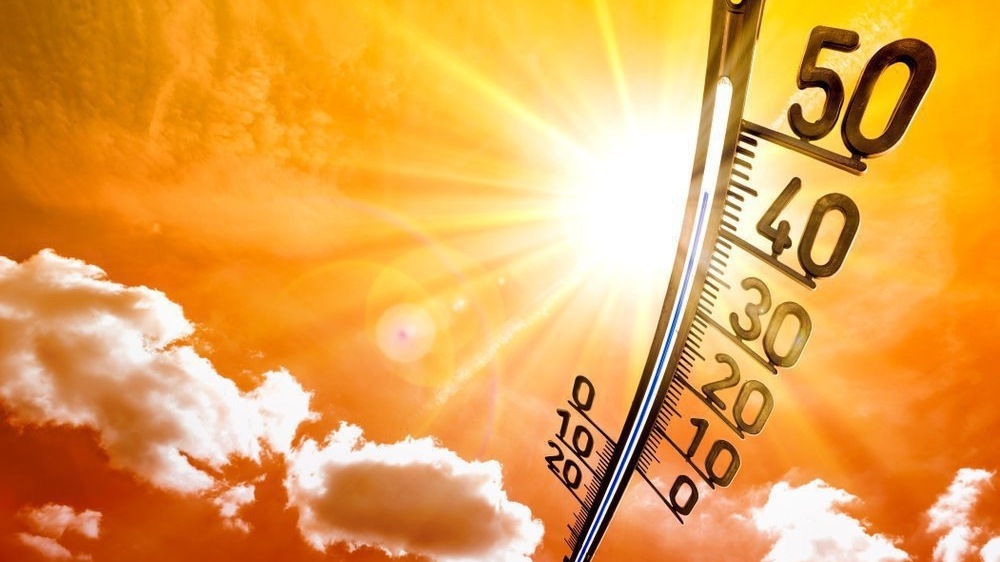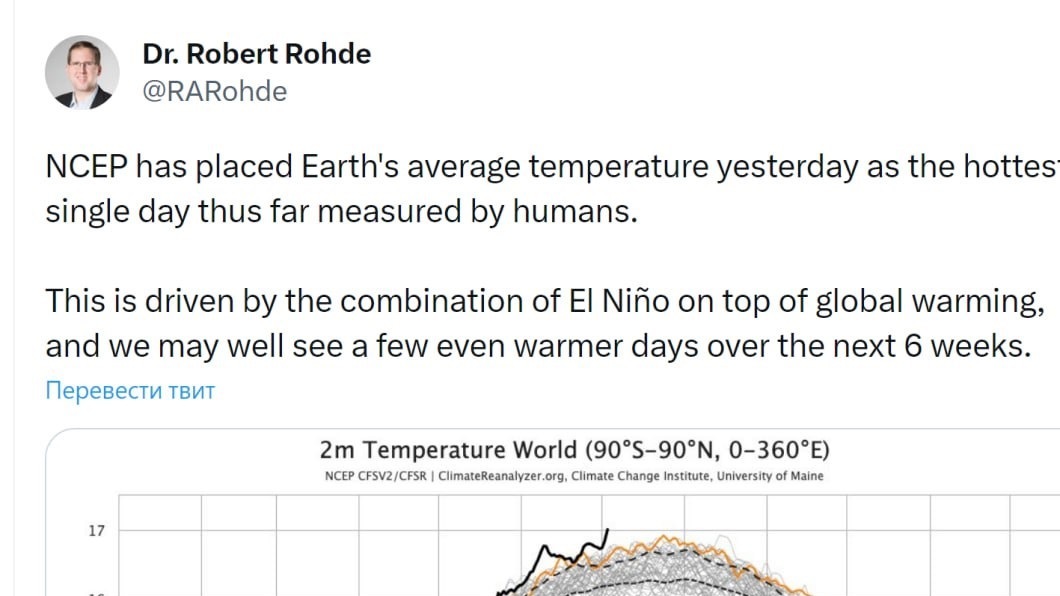Posted 4 июля 2023, 15:24
Published 4 июля 2023, 15:24
Modified 5 июля 2023, 07:25
Updated 5 июля 2023, 07:25

World record of heat: climatologists warn of impending heat
Yelena Petrova
As «NI» wrote, the natural phenomenon «El Nino» came to the Northern Hemisphere, which this year overlapped with the trend of global warming. The last time El Nino was observed 7 years ago. Especially high temperatures passed Russia then, but the summer of 2016 in Europe was not hot, but simply unbearable. Natalia Tilinina, head of the Marine Meteorology Laboratory at the P. P. Shirshov Institute of Oceanology of the Russian Academy of Sciences, told Novye Izvestia that «extreme events will be observed in the European part of Russia and throughout Europe — heat and especially heavy precipitation, causing local floods».


In 2010, when the peat bogs burned in The Moscow region and the taiga blazed in Siberia and on In the North, temperatures only slightly did not reach 40 degrees.
The hottest summers since the beginning of weather observation have occurred for 10 years since 2010. Scientists say they are unable to predict heat waves because extreme temperature increases near the Earth's surface are not included in meteorological models. NASA's forecast also does not bode well:
Our forecast indicates a long, hot summer with unrelenting heat, which will last from June to September. Even in the northern regions, very warm temperatures will be observed, and in some places dry conditions will also be observed. Judging by the weather forecast until August, the next two days in Moscow will be hot, and in the following days the air will often warm up to 29 degrees.
Doctors warn: protect yourself from the sun and drink more water.